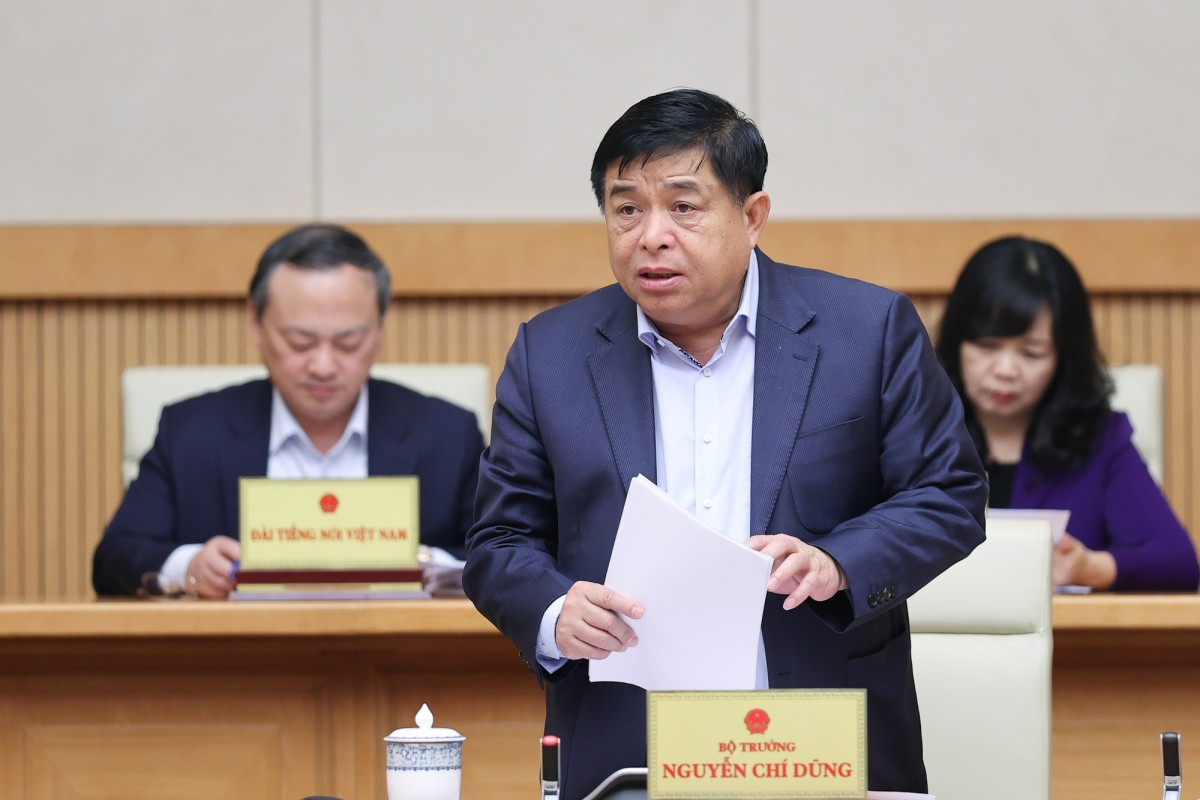
Two scenarios of national economy
In the first scenario, Vietnam is projected to record economic growth of 6% for the whole year, or 0.5% lower than the target earlier approved by the National Assembly. To meet the target, the growth rates for the second, third and fourth quarters would be 6.7%, 6.5% and 7.1% respectively.
The second scenario will see Vietnam secure economic growth of 6.5% for the whole year, and to meet the target, the growth rates for the second, third and fourth quarters would be 6.7%, 7.5% and 7.9% respectively.
The two scenarios have been envisaged by the MPI after the national economy only expanded by 3.32% in the first quarter, a rather low figure compared to the expected 5.6%.
“If the growth rate for 2023 is only 6%, it will put great pressure on the growth target of the whole 2021-2025 period that requires average growth of nearly 8% in both 2024 and 2025 to reach the five-year target of 6.5%,” said MPI Minister Nguyen Chi Dung, while presenting the two scenarios at a meeting between the Government and localities in Hanoi on April 3.
However, Dung said the MPI has chosen the second option, though “this is a very challenging scenario, requiring great efforts and determination of the whole political system.”
According to the investment minister, most of the policies to support businesses and people under the national socio-economic recovery and development programme have expired or resulted in low effectiveness. Therefore, he stressed the need to soon introduce new support policies such as reducing taxes and fees, and further reducing lending interest rates to stimulate growth and support business production.
Growing pressure on macroeconomic management

Presenting the two scenarios at the meeting, Minister Dung admitted that pressure on macroeconomic management is increasing, noting that the global unfavourable and unpredictable developments are greatly affecting domestic production and business activities, especially industrial production, import – export activities, and investment attraction.
He cited statistics, saying the import-export turnover in January, February and March fell by 13.3%, 11.9% and 14.7% compared to the same months last year. Exports to major markets such as the US, China and EU nosedived by 21.1%, 12.6% and 8.1% respectively in the first quarter of this year. Approximately 40% of manufacturing and processing businesses saw their export orders fall compared to the first quarter of last year.
“Trade challenges are lingering when most major export markets are shrinking. FDI attraction is more difficult when global FDI flows are narrowed down. Vietnam’s competitive advantage in terms of tax incentives is gradually reduced due to the impact of the global minimum tax policy, not to mention pressure on market control due to tentative adjustments to electricity and healthcare prices and minimum wage rise in the coming months,” said Dung.
He suggested that the government promptly introduce policies to support production and promote investment in order to improve domestic supply, create growth momentum, and increase state budget revenue to help ease inflationary pressure on the economy. He also reminded that fiscal policy must play an important and decisive role in controlling inflation and supporting growth.
Source: VOV